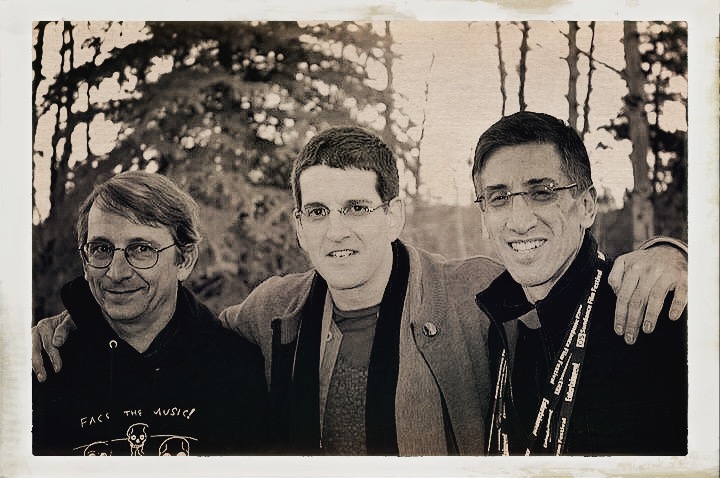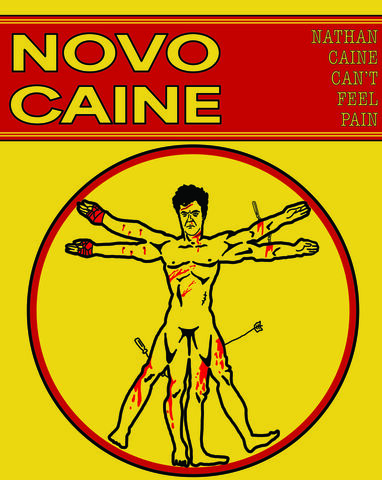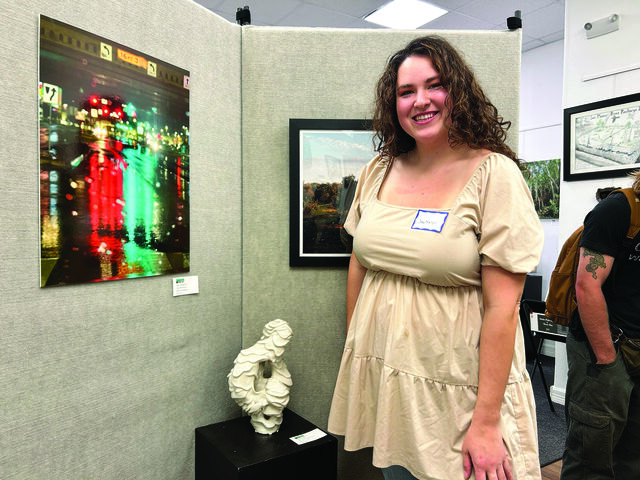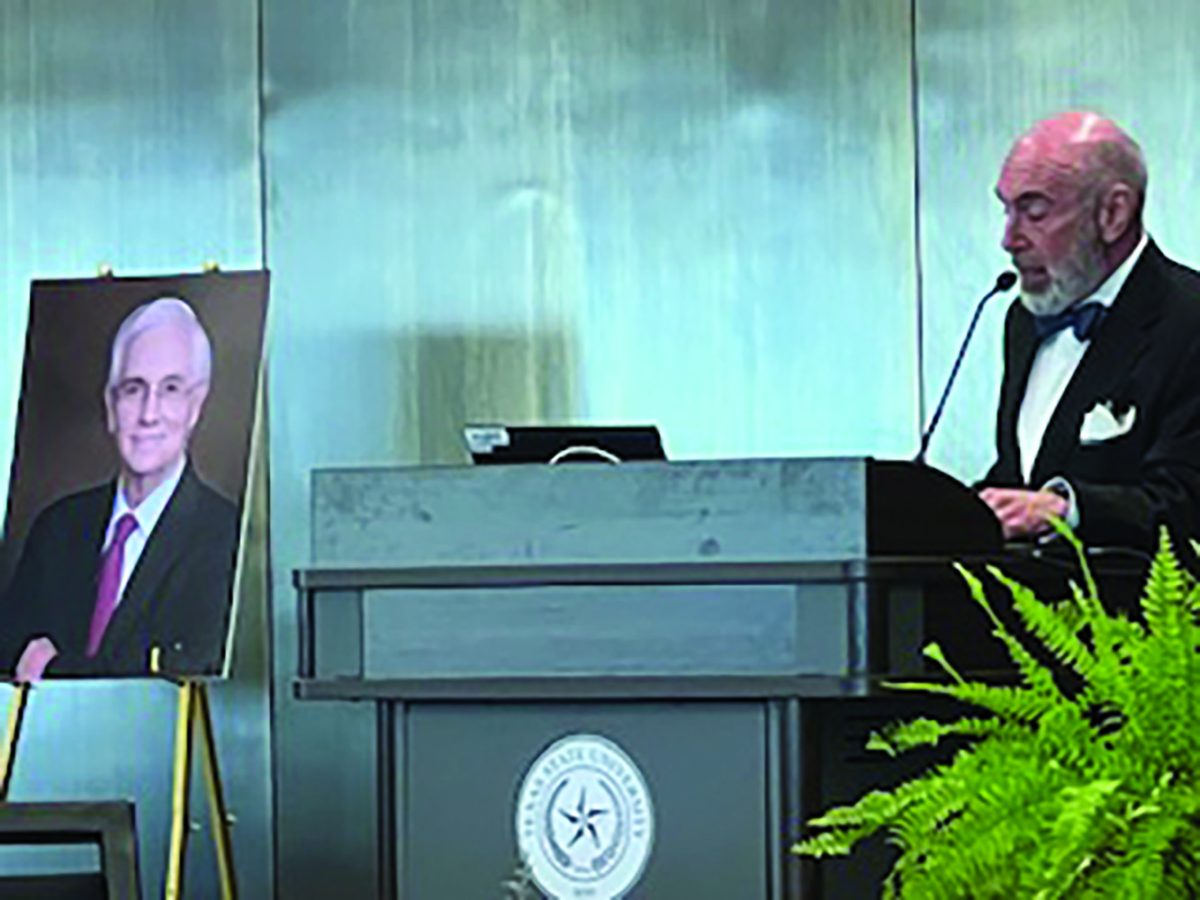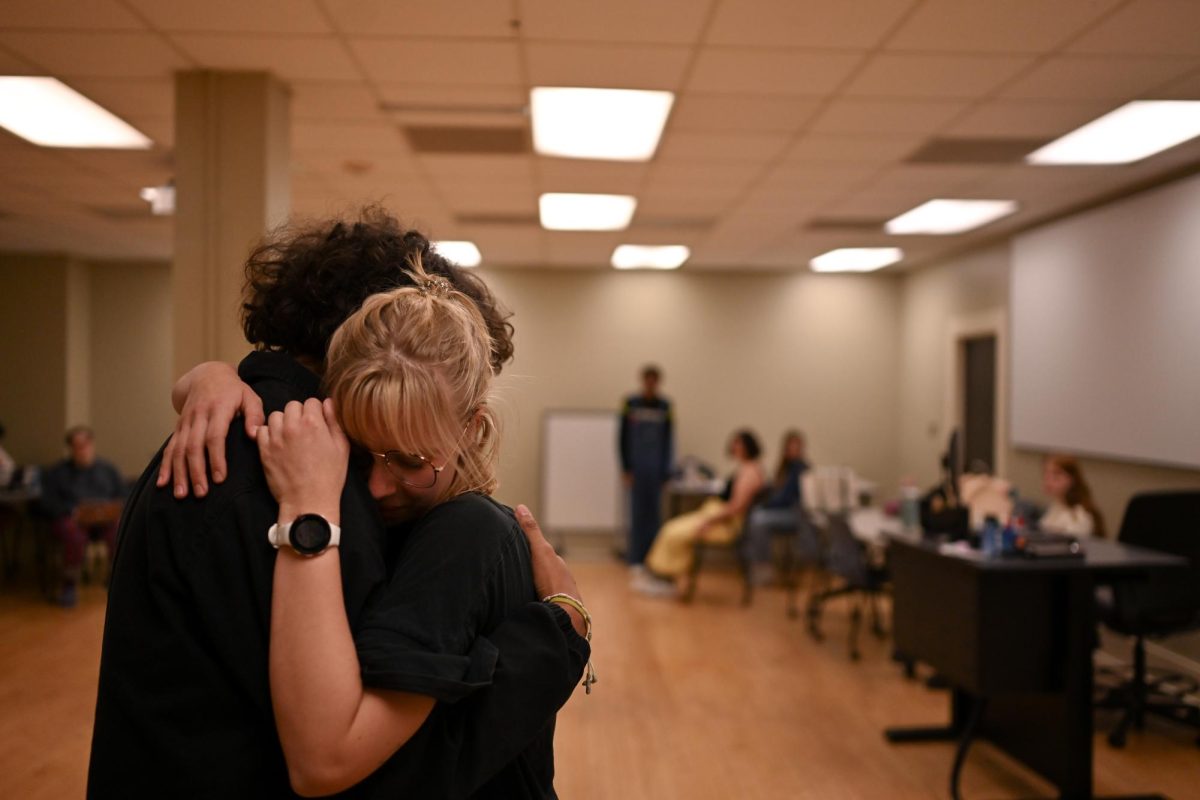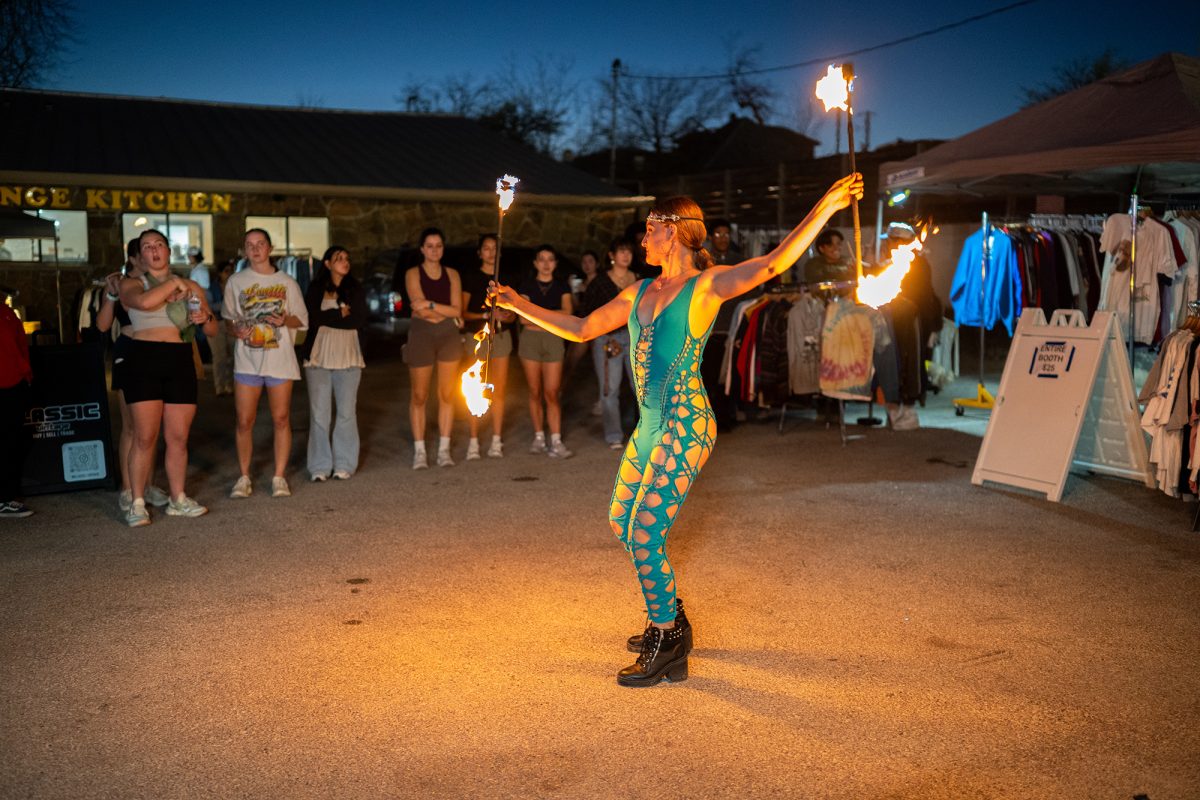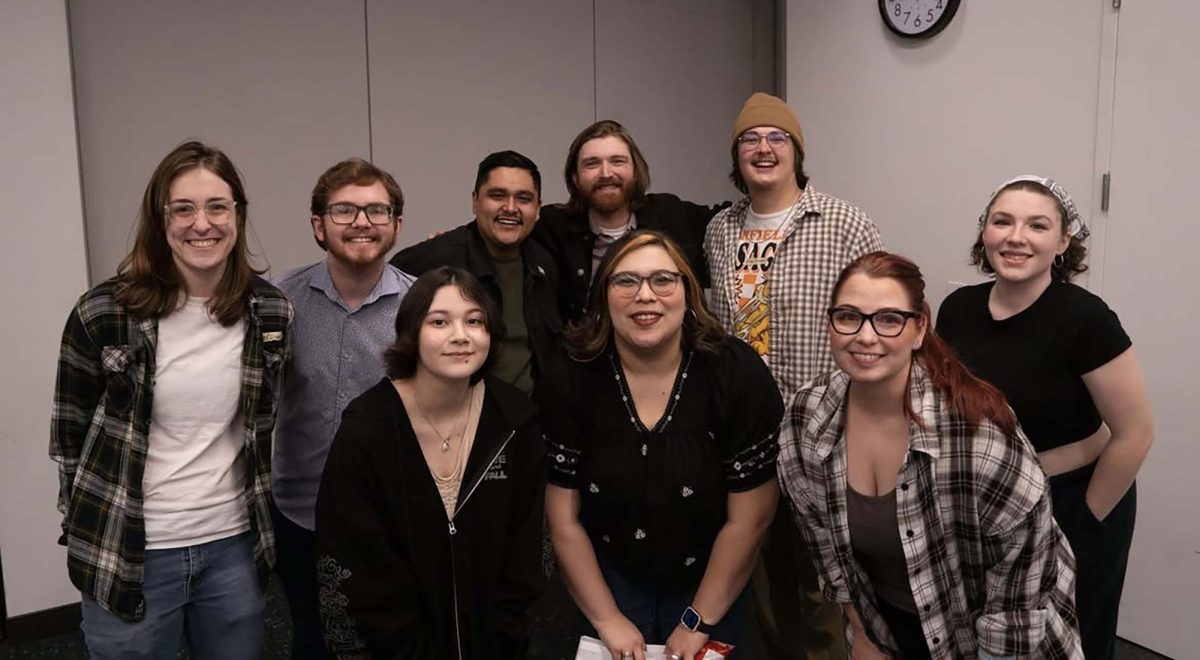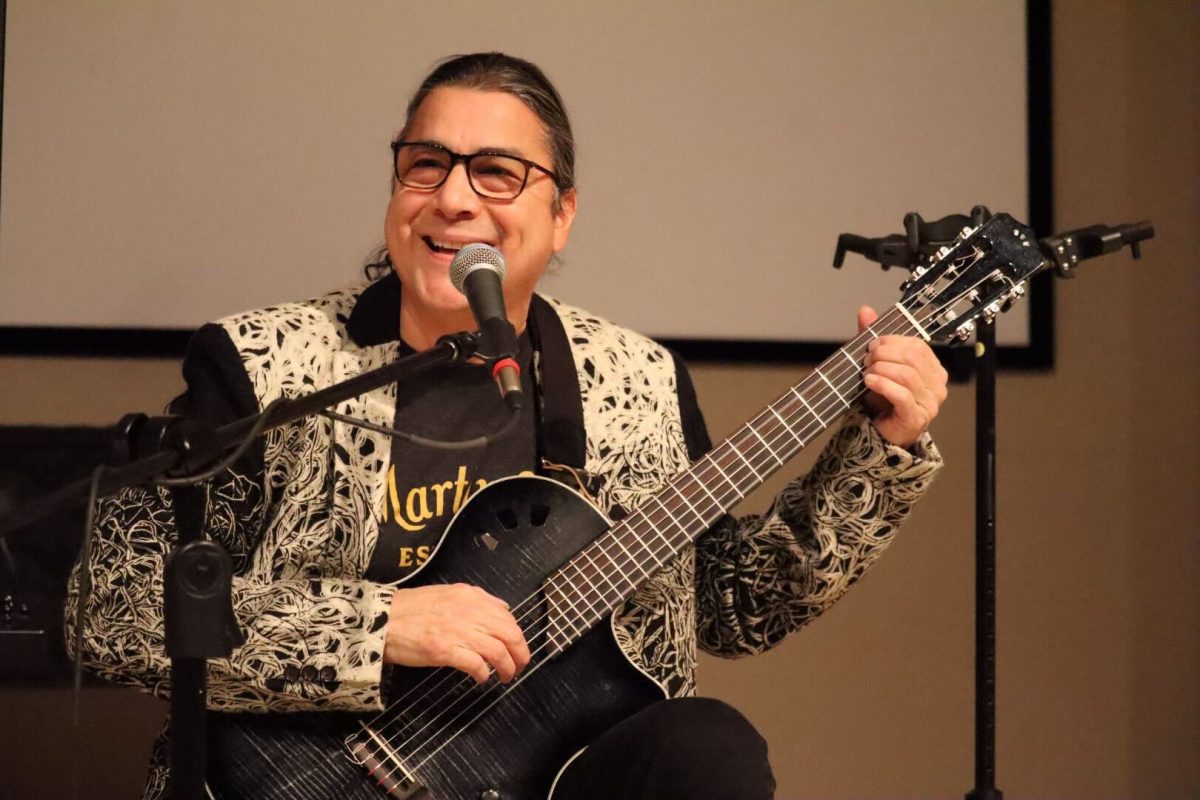The Wittliff Collections purchased a rare and deeply personal archive of one of Central Texas’ most influential artists — Daniel Johnston.
In October 2024, the Austin-based institution purchased an extensive collection of the late musician’s original artwork, handwritten letters, and personal documents, preserving the raw creativity and singular vision that made Johnston a cult icon.
For decades, Jeff Tartakov, Johnston’s former manager, safeguarded the archive without realizing the significance of what he built.
“I never really thought of it as a collection until decades later,” Tartakov said.
When The Contemporary Austin hosted a Daniel Johnston retrospective in 2021, a curator urged Tartakov to keep the materials together. After seeing Wittliff’s collections honoring Willie Nelson and Stevie Ray Vaughan, he knew Johnston would have approved.
“When I began to accession the Jeff Tartakov collection of Daniel Johnston, I immediately saw that the materials would provide researchers with a unique window into Jeff Tartakov and Daniel Johnston’s professional and personal relationship, as well as a glimpse into Daniel Johnston’s prolific musical career and remarkable life,” Sherri Turner-Herrmann, library specialist for the Wittliff, said.
Tartakov’s connection to Johnston started in the ‘80s with a mixtape that almost didn’t make an impression. The cassette album, “Hi, How Are You?” convinced him otherwise.
“My housemate gave me some of Daniel’s tapes, but ‘Hi, How Are You?’ didn’t click at first,” Tartakov said. “Then, on a long drive from Austin to Houston, I listened again and connected deeply with the pain and isolation in his music. By 1987, I knew his work would endure.”
Tartakov was instrumental in shaping Johnston’s career, introducing his music to influential bands like Sonic Youth and Half Japanese. But his most famous contribution came in 1992, when he helped put a simple T-shirt on the back of a rising grunge star named Kurt Cobain. The image of Cobain in the now-iconic shirt catapulted Johnston into underground legend status.
“I met Everett True at a Half Japanese show in London,” Tartakov said. “He gave the ‘Hi, How Are You?’ shirt to Kurt Cobain and made him promise to wear it in public. Soon, Kurt was wearing it everywhere.”
Johnston’s collaborations extended beyond Cobain’s endorsement. In 1985, Tartakov handed a mixtape to Jad Fair, Half Japanese singer and guitarist, leading to a lifelong friendship.
“A few weeks later, Jad sent me a package and a card,” Tartakov said. “We stayed in touch, and when Daniel visited New York in 1988, Jad introduced him to Moe Tucker of the Velvet Underground.”
The newly acquired materials offer more than just a glimpse into Johnston’s creative process — they add depth to his humanity. Hector Saldaña, music curator at the Wittliff, said the archive provides a powerful look at Johnston as both an artist and a person.
“That [Johnston] created such beautiful and incisive music and art by channeling his pain, joy and perceptions is cause for wonder but also continues to be the mystery to solve and understand for future researchers accessing Jeff Tartakov’s invaluable collection,” Saldaña said.
While Johnston rarely performed live in the ‘80s, the 2005 Sundance premiere of “The Devil and Daniel Johnston” felt like a full-circle moment. It made Tartakov reflect on how far Johnston’s music and art reached.
“It was like a team victory,” Tartakov said.
As for his favorite piece in the archive, Tartakov has a soft spot for Johnston’s cat-themed artwork. Beyond personal favorites, he hopes the collection helps future generations truly understand the man behind the music.
“I want fans and researchers to gain a deeper appreciation of Daniel’s journey and legacy,” Tartakov said.
The Wittliff is currently sorting through the collection, so it is not open to the public yet.



